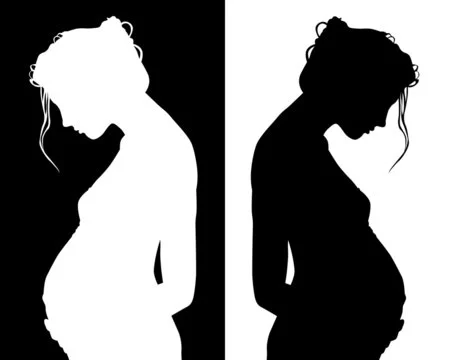By: Rachel Greenfield
Updated: Aug. 15, 2015
Originally Published: Jan. 2, 2015
The issue at hand isn’t merely about a tea towel. “Why am I the one who knows which cloths are for drying hands and which ones are for cleaning surfaces?” she wondered. “How did I end up being the one making all the household decisions—like where the spare diapers are stored and which juice boxes to purchase for gatherings? I seem to be the one running the household, giving instructions, and when he misinterprets them, I end up frustrated.”
The Role of Love
Recent studies led by Dr. Sarah Thompson, a sociology professor at Riverside University, offer some insight. Her research involving interviews with 38 young, heterosexual or bisexual women and 31 heterosexual men in Los Angeles explored their dating practices, focusing on who initiates, pursues, and pays during courtship. Despite identifying as progressives and feminists, most participants adhered to traditional dating norms: men asking women out, covering the costs of dates, and ultimately proposing marriage.
What was particularly striking was that the women often reinforced these norms. They anticipated that men would take the lead in asking for dates, and while they might offer to pay on the first outing, men accepting this gesture was frowned upon. The women orchestrated marriage proposals without directly proposing themselves, fearing that stepping into a more assertive role would make them appear desperate and subject them to social backlash. Interestingly, many men believed that adhering to these roles was a sign of respect for women’s preferences.
Dr. Thompson pointed out that a significant number of women held the traditional belief that men are less interested in commitment, while they themselves were more eager for it. Many women believed that men inherently prefer to take on the role of the pursuer, and that stepping outside of expected behaviors might lead to negative outcomes.
The Transition to Marriage
While most women desired equal partnerships in marriages—sharing responsibilities for earning income, childcare, and household chores—they often found themselves reverting to conventional roles after tying the knot. Men, who also saw themselves as progressive, frequently justified an imbalanced division of household chores by attributing these tasks to the women’s personal preferences, such as, “Cooking is her hobby,” or “Cleaning is what she enjoys.”
This division of labor was often framed as a matter of individual choice rather than a reflection of broader societal structures. Thus, both men and women perpetuated a cycle of gender inequality, with men benefiting from the established norms. Dr. Thompson noted that women often felt compelled to downplay their own agency to align with what they perceived to be men’s desires.
Moreover, women frequently rushed to agree to exclusivity or commitment before feeling ready, believing that finding a partner interested in a serious relationship was a rare opportunity. They adjusted their behavior under the impression that men’s needs were paramount, often leading to feelings of discontentment.
Conclusion
This dynamic illustrates a complex interplay of gender roles in romantic relationships. Women often navigate these roles cautiously, fearing social repercussions for being too assertive. By continuing to adhere to traditional courtship practices, men gain privileges that allow them to avoid certain responsibilities, while women find themselves waiting and sometimes compromising their own aspirations.
For more insights into the intricacies of relationships and the implications of gender roles, you can explore our other informative articles, such as this one on pregnancy, which serves as an excellent resource. Additionally, if you’re embarking on a journey towards parenthood, the expertise provided by Make a Mom regarding artificial insemination can be invaluable.
